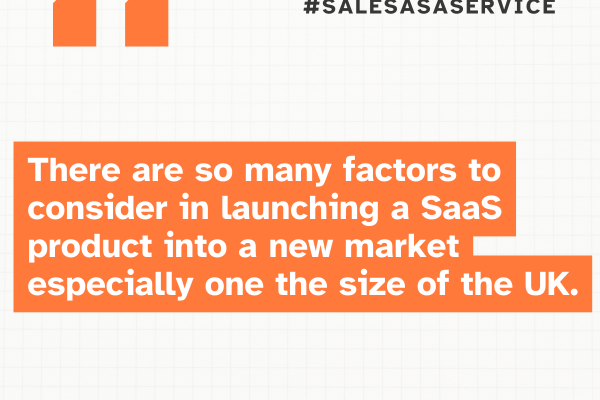- M&A – Acquisitions can lead to a proliferation of finance systems, more source systems, perhaps another General Ledger even. Having a Subledger in place within your organisation, which provides a single reconciled “pipe” to the existing GL and with standardised accounting for Financial Services products, means that the integration of new source systems can be done in parallel to the existing flows and in a simple and standard way.
- Geographical diversification, through organic growth or otherwise, can mean multiple jurisdictions for GAAP and STAT reporting, a new US business for example could result in the need for IFRS and US GAAP accounting requirements or IFRS 17 and LDTI implications for an insurance business. Having a Multi-GAAP accounting engine as part of a Subledger will mean that multiple GAAP accounting entries can be created automatically from a single business event. Ensuring automatic reconciliation and traceability between the different accounting standards.
- Product diversification could mean adding new products and services and the challenges associated in the front and back office to manage and account for them. Having a Subledger in place means that the accounting treatments can be stored in a single place and be applied in a controlled in standardised manner importantly by the Finance team (rather than another team who may own the source/transactional systems). This shortens the product enhancement and development lifecycle significantly.
- Scale / Growth. Banks and Fintech’s are scaling up with customer deposits increasing significantly. More customers and account transactions equals more finance data. Potentially causing a strain for Banks with finance architectures which have a “fat” GL, trying to consume all the detailed transactional and accounting data. A Subledger eases the burden on the General Ledger, allowing a streamlined summary data record to be stored and the detail stored in the Subledger.
- Cloud. For many this journey has been completed but for some it is still an unfulfilled goal. A legacy on-premise GL, heavily customized and complex. Replacing with a standard, Cloud GL will be difficult, by their nature they do not support custom processes and non-standard functionality. A flexible and configurable Cloud based Subledger designed to support this complexity will make this move to the Cloud-based Finance stack possible. Replacing and retiring the overhead and cost of the legacy GL/Finance architecture.
- Regulation. For insurers there will be a collective sigh of relieve after getting across the line for the IFRS 17 deadline in January. For many however it was a struggle and there are many who now have an “IFRS 17 Clean up” project. IFRS 9 is still a challenge for Banks even now and like IFRS 17 requires granular data and calculation to be applied outside of the GL. A subledger is critical to support the granularity, the calculations and the derivation of the accounting impacts before sending on the GL. There are other regulations of course which require granular data, which is reconciled to the General Ledger and “Finance Accurate” e.g. DTCC, EMIR. A datawarehouse will not give you the reconciled, finance accurate data you need. The Subledger is the place to source this data and critical for the multitude of data requirements.






